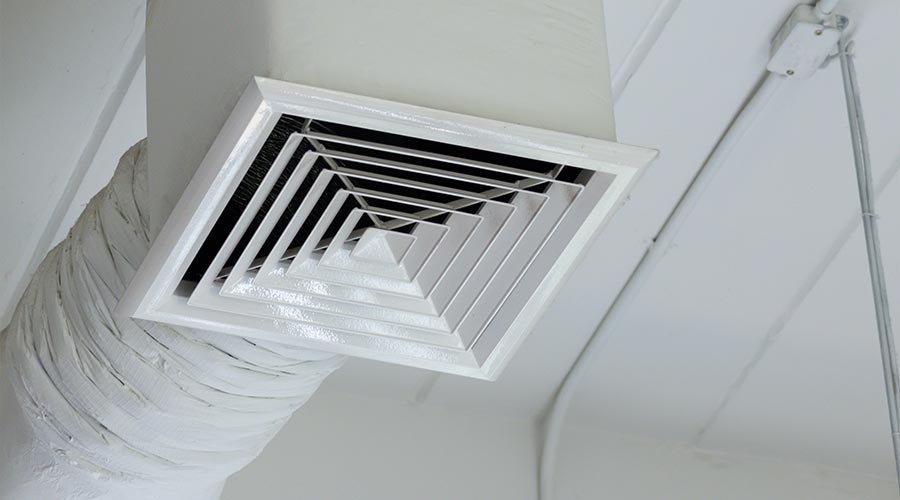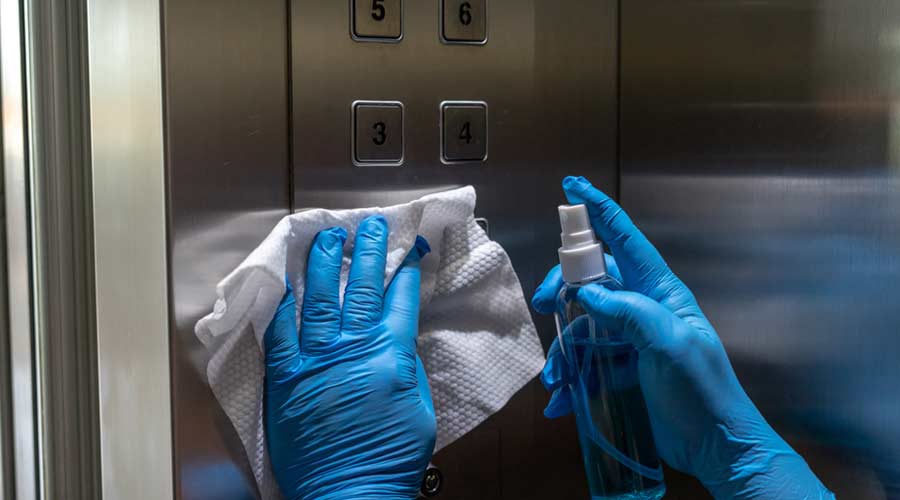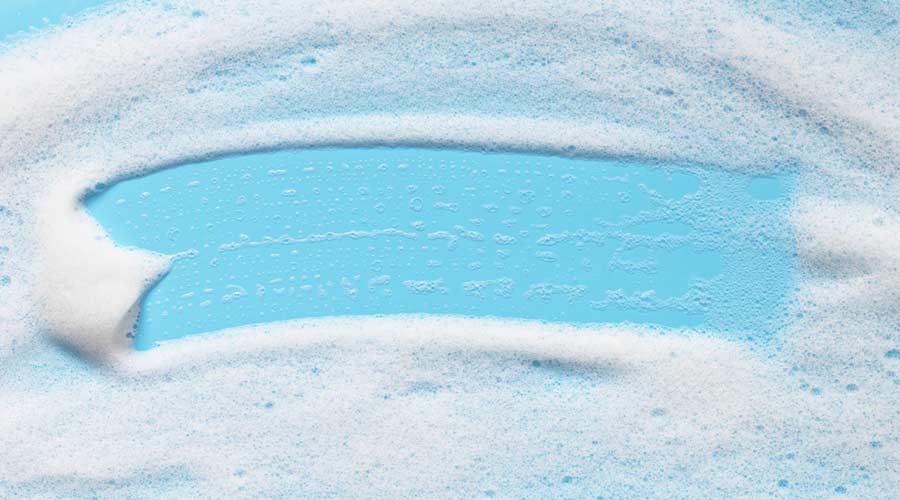
The Air Duct Cleaning Service market is experiencing consistent growth, fueled by increasing public awareness of indoor air quality (IAQ) and an appreciation for the importance of healthy living environments. Concerns about air pollution and the accumulation of allergens within HVAC systems are also driving consumer demand. The need and necessity of green building certifications and enhanced air quality regulations are contributing to market expansion. Global increases in both residential and commercial construction activities further bolster this growth. Major players in the industry are actively adopting innovative technologies, such as robotic cleaning tools and advanced filtration systems, which are expected to significantly boost service efficiency. The market is projected to expand at a compound annual growth rate (CAGR) of approximately 5.5% over the next five years.
Investment in the Air Duct Cleaning market is primarily driven by the ever-growing demand for home/office maintenance services, a heightened understanding of the health impacts of poor IAQ, and regulations promoting cleaner environments. However, the market faces several challenges that investors should consider. These can be as varied as high operational costs and the necessity for specialized equipment/skilled labor, as well as pricing pressures, particularly from unlicensed service providers or customers dealing with reduced budgets. Further, market growth can be affected by seasonality, with demand fluctuating based on weather conditions and consumer spending habits influenced by economic factors. Despite strong demand, investors must carefully evaluate local markets/regulatory restrictions, and account for potential labor shortages.
Technological innovation is also significantly transforming the air duct cleaning market. The integration of automation; notably robotic air duct cleaning systems, has reduced service time and cost while simultaneously enhancing cleaning quality and efficiency. Advancements in HVAC systems, such as self-cleaning ducts and improved filtration technologies, are also creating new opportunities for providers. Moreover, the adoption of mobile applications for scheduling and managing services has improved customer convenience, leading to better customer retention. These technological trends are anticipated to attract both new entrants and investors, making the market an appealing segment for long-term growth.

 The Down and Dirty on Cleaning in Virus Season
The Down and Dirty on Cleaning in Virus Season How Surfactant Use is Expanding in Commercial Cleaning
How Surfactant Use is Expanding in Commercial Cleaning